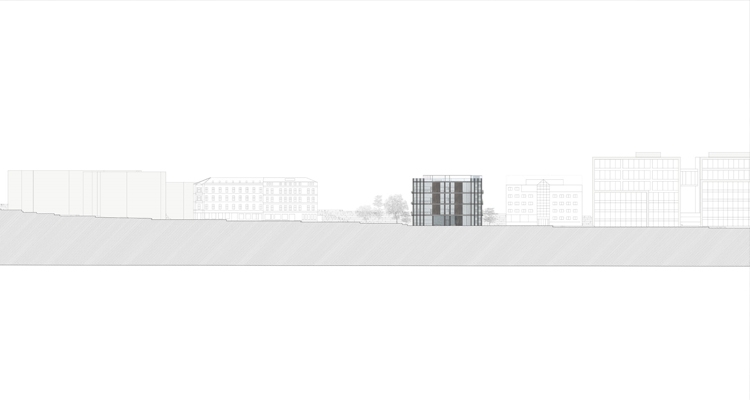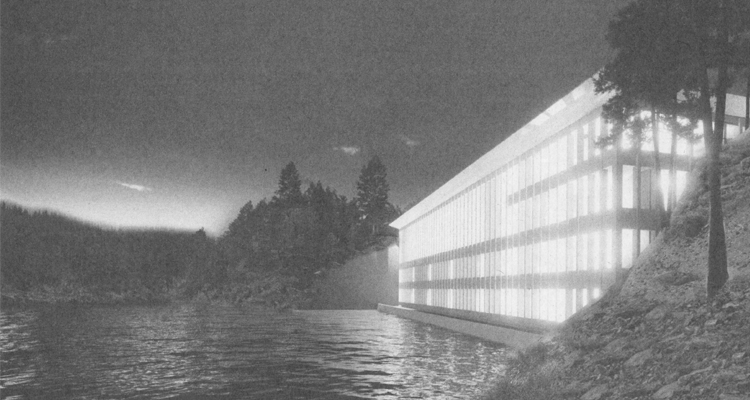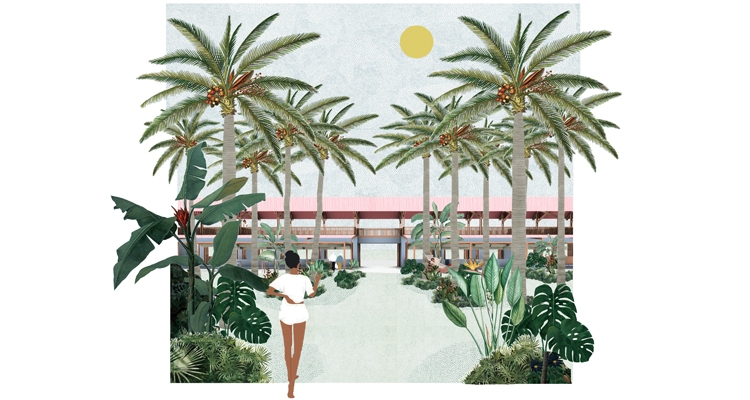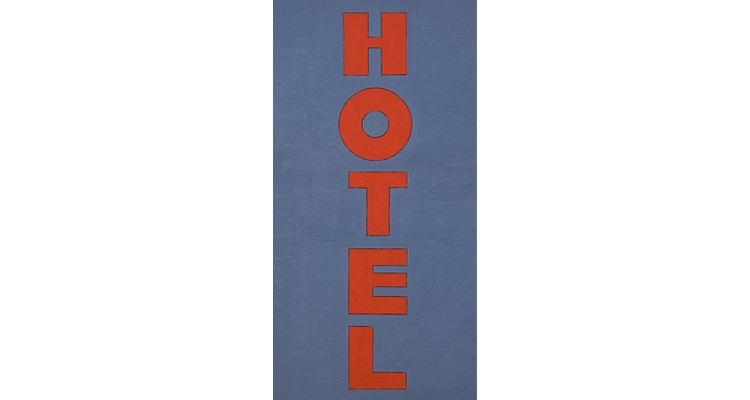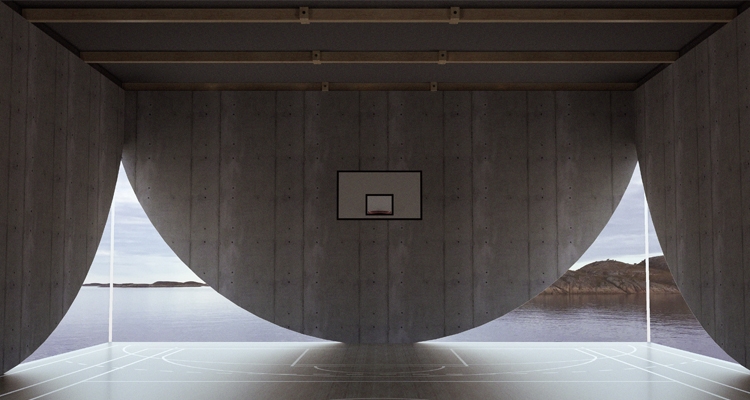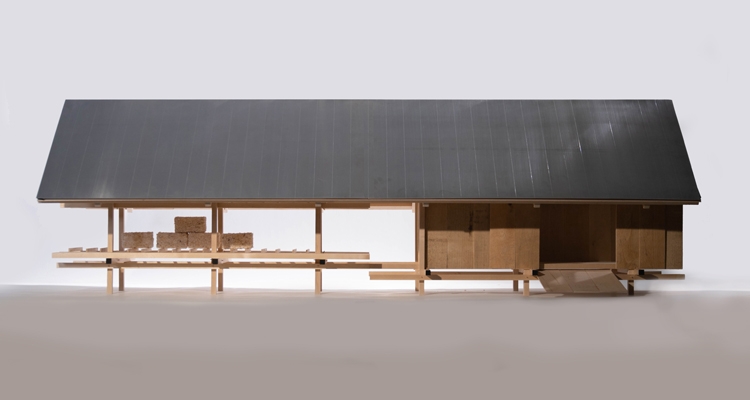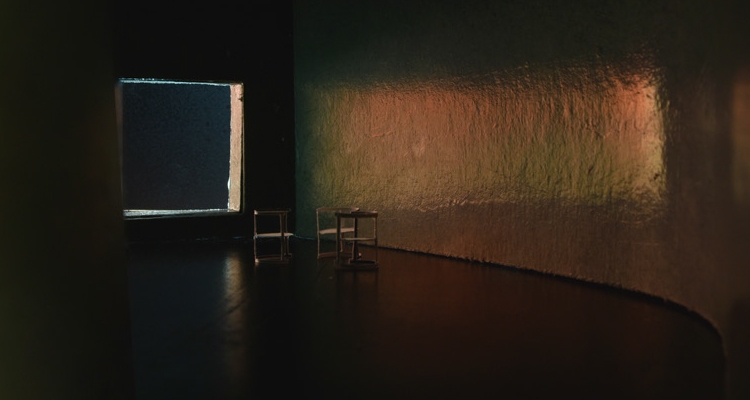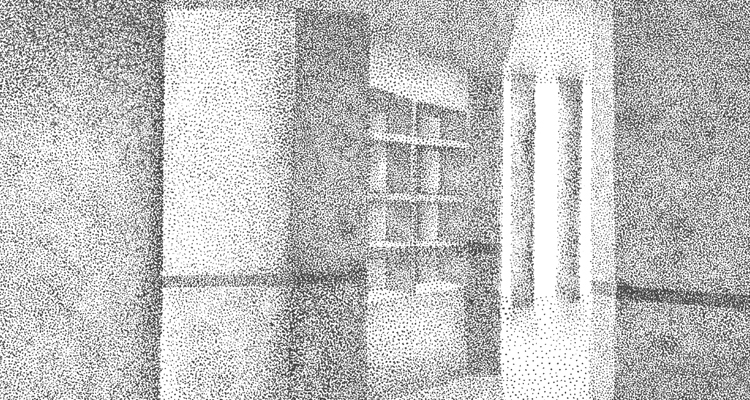S T A Y is an emergency accommodation in the center of Oslo, hosting homeless people in the evening/night. Ground floor is a day time-center for the people living on the street.
Address: Schweigaardsgate 41, 0191 Oslo
A low threshold-service.
Addressing those who have legal residence permits, but no welfare rights.
The project provides 300 sleeping places.
The design of the accommodation is based on a sleeping-capsule-principle, with associated logistics.
Address: Schweigaardsgate 41, 0191 Oslo
A low threshold-service.
Addressing those who have legal residence permits, but no welfare rights.
The project provides 300 sleeping places.
The design of the accommodation is based on a sleeping-capsule-principle, with associated logistics.
